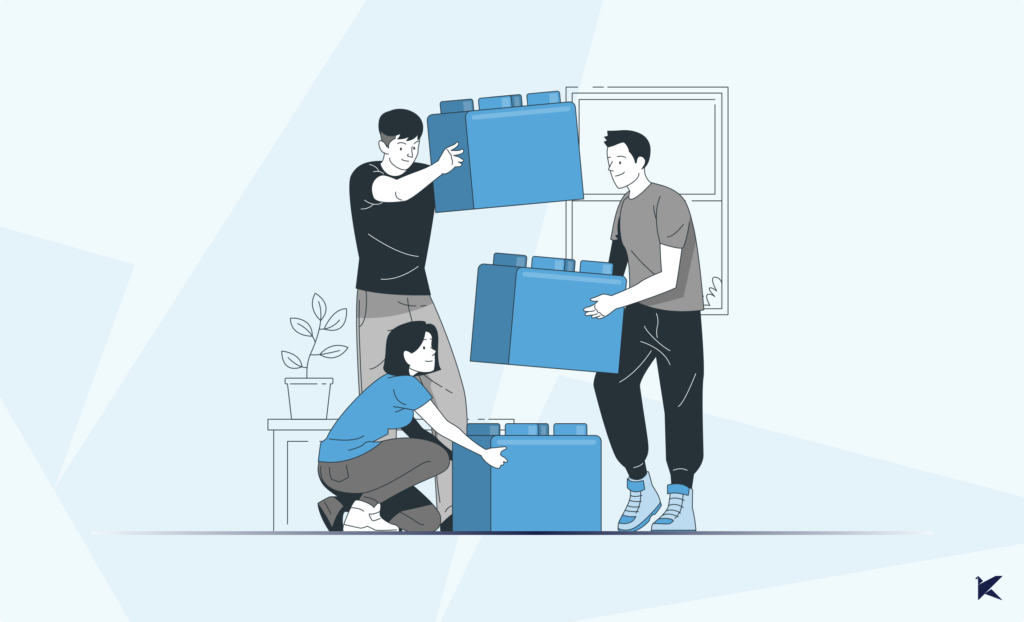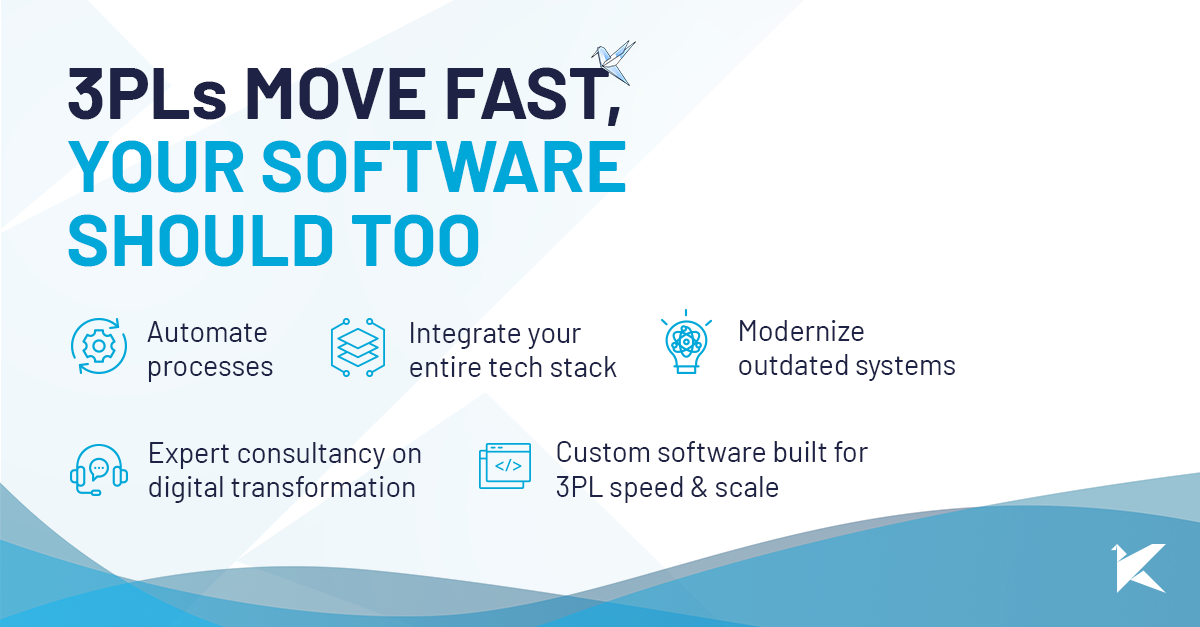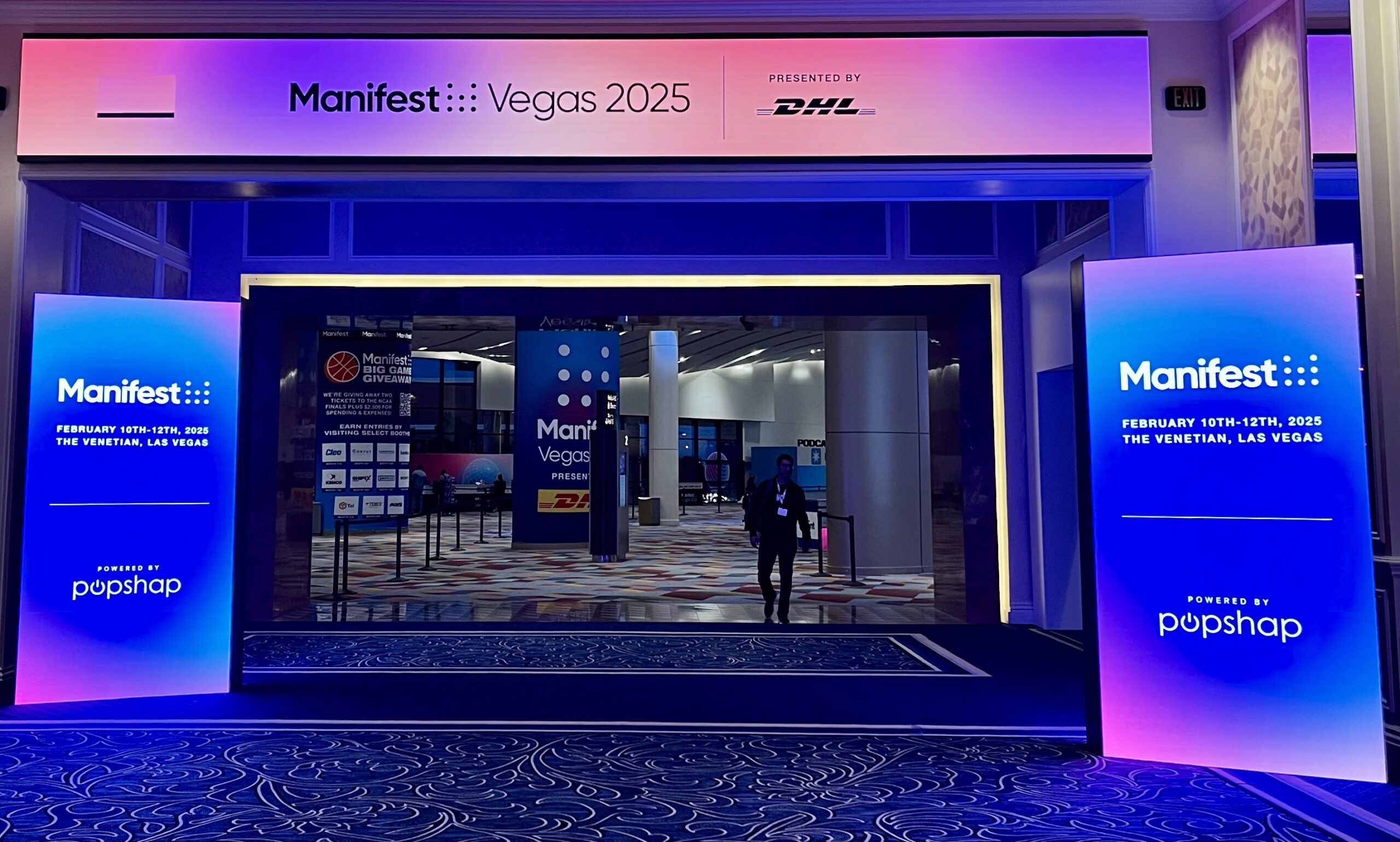After working with the same software development team for over 5 years, keeping morale high, maintaining motivation, and ensuring commitment can be challenging. If you want to know how a small internal contest on the use of artificial intelligence, automation, and best practices can help revitalize team spirit, I invite you to continue reading this article.
Key Elements of a Successful Contest

Within the constant search to keep team morale high and break the routine of tasks that a software developer usually does, one day I had the inspiration to organize a contest. But we’re not talking about just any contest; it had to consider the following points:
- Motivation to participate: Possibly with a cash prize or recognition.
- Knowledge sharing: What is presented must have applicability within the team.
- Team building: The collective activity itself helps to boost team spirit.
- Focus on modern trends: Aim for the topic to be something trending.
With these characteristics, the first internal contest for the team on the use of automation and/or artificial intelligence was created, with a prize of USD 100 for the winner.
Contest Structure
Carrying out this idea might seem complicated, but in practice, it isn’t. Simply send out a nicely designed announcement with the theme, the prize, the rules, and an invitation to participate.
It’s important to explain the evaluation rules for the contest as well as who will be the jury. For this first case, I was responsible for selecting the winner and established the following criteria:
- Presentation time: Strictly 5 minutes.
- Novelty and innovation.
- Applicability of what is presented to the rest of the team.
- Presentation style: This includes how the problem is presented, the before and after.
- Cost vs. benefit of implementing it.
Each participant has 5 minutes to present. If they have time left, it can be used for questions from the audience. If there is no time left, the event moderator can allow extra time for questions, considering the total time allocated for the presentations.
In our case, we allocated 1 hour and 30 minutes for the presentation day. There were 8 participants in the contest and some additional presentations outside the contest. These out-of-contest presentations can usually be from the jury to show another good practice to the team. But it is important that everyone respects the time limits so that the entire activity can be completed within the total allocated time.
Based on this original idea, small changes can be made to make this activity even more fun. For example, listeners who are not participating in the contest can have a voting sheet similar to the jury to keep track of their favorites. This way, another winner can be added to the contest besides the one selected by the jury. It should be noted that this other winner should also receive a prize
Tips for Implementing Your Own Contest
Before diving into this initiative, I recommend talking to your peers and supervisors. They can provide even better ideas and much more reach. But be careful. If you’re doing this for the first time, I suggest conducting a fairly limited proof of concept with your closest team members. After this experience, you can evaluate taking it to other teams or globally within your workplace.
At this point, you’re probably thinking this is great, but you have doubts about how to get sponsorship for the money. However, that’s very simple… you ask your company by showing them this article detailing the benefits of this idea!
And as the cherry on top, I suggest writing an article about the experience and sharing it with the company. Even better, it can be a good article to publish on the company blog to show the rest of the world what is being done internally. This can attract the attention of new developers and also clients who find you through web searches.
Results and Reflections

Our first contest was a complete success. Everyone enjoyed it and learned a lot. We discovered many tools and ideas that people were using on their own and had not shared. Even customized tools that were very similar and could be combined to achieve something even better.
As for me, I can say that I was more than satisfied with that first trial. The presentations were so good that I had a bittersweet feeling. On one hand, I was happy for the winner, but on the other, I was sad because others also deserved a prize for what they had accomplished.
To conclude, I also want to mention that I was able to secure a bit more money for the winner of the popular vote, so we had at least two winners. But beware, not everything is rosy. I leave some questions to be evaluated:
- How often can these contests be repeated?
- Will people stop sharing best practices as they used to, saving them for these events instead?
- How can we achieve more participation, more winners, and more prizes?
Good luck, and let me know how it goes.
ScrumJedi, November 2024




